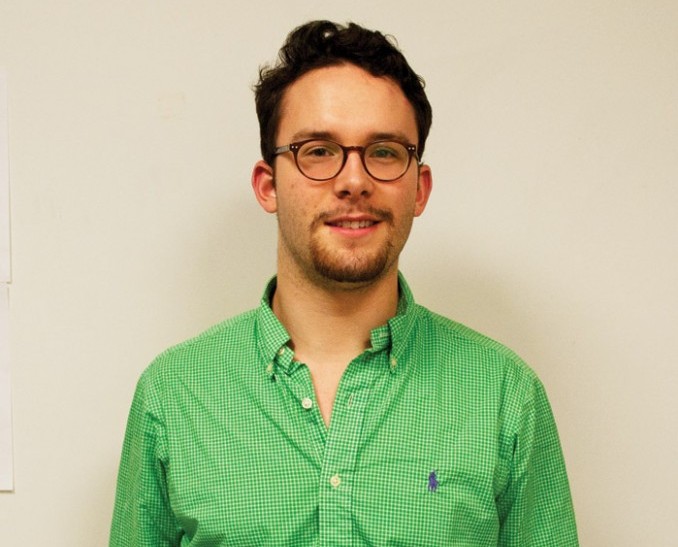Kieran Steer’s lab supervisor, Dr. Gulzhakan Sadvakassova, had left him in the lab with a row of cell cultures.
Earlier, she had asked him if he knew how to use a pipette. Fresh out of high school—and on his first day on the job—he answered yes, picturing the eyedroppers he had used in chemistry class.
That was three years ago. Today, Steer is no longer that fresh-faced first-year, just happy to have been given a volunteer lab job. Steer, now a third year pharmacology major, is on the verge of publishing his first research paper alongside Dr. Svetlana Komarova—a researcher from the Faculty of Dentistry.
The study itself, which focuses on explaining the bone loss common in diseases marked by excessive blood production in the bone marrow, has been in development for the past three years. With a number of diseases directly related to excessive production of blood cells within the bone marrow—including sickle cell anemia and cancers of the blood cells—this research area has become dense with studies and hypotheses—none fully conclusive.
“We went to the literature to see what other people were saying, and we saw that […] everyone had all these hypotheses, like iron levels [as] the culprit for bone loss,” Steer said. “Another says it’s inflammation, [and] another says it’s erythropoietin [a protein related to blood cell production.]”
Steer’s research began with his first day on the job, when he was tasked with cell counting and doing Western blots—a technique to detect specific proteins in cells—the grunt work normally associated with lab volunteers. He persevered, and impressed Sadvakassova such that she invited him to take a larger role in the project.
The team began with experiments on cell cultures, testing the effect of specific blood components on bone-destroying cell activities. The experiments proved inconclusive, forcing the team to broaden their experiment to work on mice. Yet these experiments also failed to yield any novel results. As such, the team was once more faced with their original research question.
The researchers never lost sight of their original goal: To improve understanding of osteoclasts and osteoblasts—bone-destroying cells and bone-forming cells respectively.
“This is a very important issue—understanding why there’s bone loss with different disorders,” Steer said. “What I really hope that this [study] will help with is directing research, and being able to point people in the right direction about what kinds of things to be testing for this.”
Furthermore, as with many studies, this one will be essential in improving the knowledge base in order to combat bone-related complications of difficult diseases—in this case different forms of cancers and blood disorders.
“A lot of what you discover you don’t necessarily know the direct impacts,” Steer said. “It’s just increasing the knowledge field. I think that’s a good thing for a lot of researchers to acknowledge. As much as we know the direct positive impacts the research will have, there’s also a huge potential for things that we don’t expect it to do.”
With such extensive knowledge in the field of hematology, Steer hopes to use his experience to contribute something tangible to society.
“Part of me [is] thinking very strongly about business in the pharmaceutical industry,” Steer said. “Being able to tie knowledge of pharmaceuticals with finance—I’m doing business courses right now as well—would be really interesting [….] I could see myself as a doctor as well. I love working with people. I want to be in a field where things are changing—be it surgery or some kind of internal diagnostic medicine.”
While most undergraduate students move from lab to lab in order to fill up their CV, Steer recommends committing to a single lab, in order for other students to benefit from continuity the same way he has.
“People will jump around different labs […] and that has its benefits,” Steer said. “But for me personally, I wouldn’t change the fact that I’ve been in the same lab for so long. I’ve had this project that I understand very deeply, and I’ve been able to have a very good role in [it] as well.”








